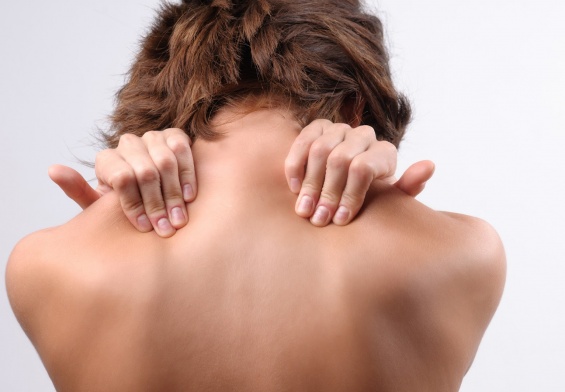Herniated discs, often referred to as slipped or ruptured discs, are a common yet misunderstood condition that affects the spine. These discs act as cushions between the vertebrae, facilitating mobility and absorbing the shocks and strains daily activities impose on the spinal column. A herniation occurs when the soft inner portion of a disc, the nucleus, breaches through a tear in its tougher exterior, the annulus. This can result in discomfort ranging from mild to debilitating, depending on the location of the herniation and whether it compresses adjacent nerves.
The symptoms of a herniated disc can vary significantly based on its location along the spine—from the neck down to the lower back. Understanding these symptoms is crucial, especially for managing the condition effectively and preventing further complications. For seniors and individuals with limited mobility, who may also require in-home care, recognizing and addressing the early signs of a herniated disc can greatly improve outcomes and enhance quality of life. This article explores the various symptoms associated with herniated discs, their implications for daily activities, and the supportive role in-home care can play in managing this condition.
The Anatomy of a Herniated Disc
A spinal disc resembles a jelly donut, soft on the inside with a tougher exterior. Herniation happens when the nucleus pushes out through a tear in the annulus, which can occur due to strain or injury. This can happen anywhere along the spine but most commonly affects the lower back or the cervical region.
Symptoms Based on Location
The symptoms of a herniated disc vary significantly based on its location along the spine and whether it compresses any nerves:
- Lumbar Spine (Lower Back): The most common site for disc herniation, symptoms can include sciatica, characterized by sharp pain that travels from the buttocks down the leg to the ankle and foot. This results from pressure on the sciatic nerve. Patients might experience intense pain in the lower body, especially the thigh, buttocks, and areas below the knee.
- Cervical Spine (Neck): Herniation in this area can lead to pain or numbness in the shoulders, arms, and, sometimes, the chest. This is due to the nerve pathways that run from the neck down into the arms.
- Thoracic Spine (Upper Back): Though less common, a herniated disc in the thoracic spine can cause pain around the front of the thigh, as well as numbness or pain in the chest and shoulders.
Common Symptoms Across Different Locations
Regardless of where the herniation occurs, several general symptoms might present themselves:
- Pain and Numbness: Often extending to the areas of the body served by the affected nerves.
- Muscle Weakness: Affected nerves may result in weakness in the muscles served by those nerves, impacting mobility and balance.
- Tingling Sensations: Patients might experience tingling that starts in one area and spreads to another, such as from the buttocks to the feet.
- Loss of Bowel or Bladder Control: This is a critical condition known as cauda equina syndrome, requiring immediate medical intervention.
The Role of In-Home Care
For individuals with a herniated disc, especially seniors or those with limited mobility, in-home care plays a pivotal role in managing the condition. In-home care providers can assist with:
- Pain Management: Helping administer medications as prescribed by a healthcare provider and employing non-pharmacological pain relief methods.
- Physical Support: Assisting with mobility and exercises designed to reduce pressure on the herniated disc.
- Monitoring Symptoms: Keeping an eye on the progression of symptoms, especially the onset of severe complications like cauda equina syndrome.
- Enhancing Comfort: Adjusting sleeping arrangements and daily activities to minimize discomfort and prevent further injury.
Lifestyle Adjustments and Treatment Options
Alongside medical treatments and in-home care, certain lifestyle adjustments can help manage the symptoms of a herniated disc:
- Regular, Gentle Exercise: Activities like walking or aquatic therapy can help relieve pressure on the nerve without exacerbating the condition.
- Proper Posture: Maintaining a good posture reduces the strain on the spine and discs.
- Weight Management: Keeping a healthy weight reduces pressure on the musculoskeletal system, particularly the spine.
- Ergonomic Adjustments: Creating an environment that supports the spine, whether at work or during leisure activities, can prevent further disc damage.
Managing a herniated disc involves a comprehensive approach that includes medical treatment, lifestyle changes, and possibly in-home care. It is crucial for individuals experiencing symptoms of a herniated disc to consult with healthcare professionals to develop an effective management plan. With the right support and adjustments, it is possible to alleviate the pain and limitations associated with this condition, leading to a better quality of life.



